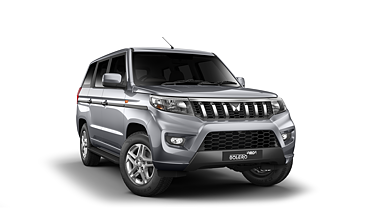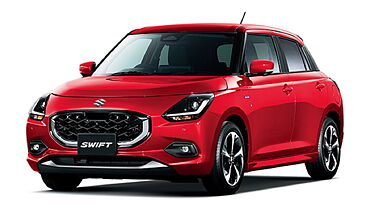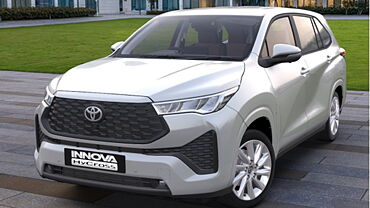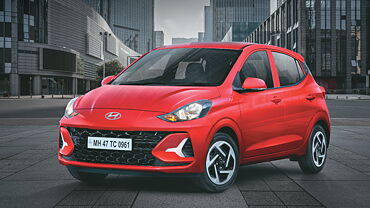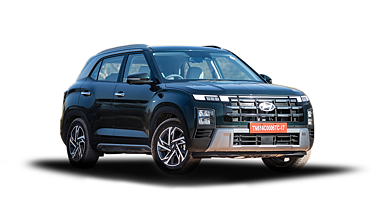There are a variety of fuels available in India that guarantees a better mileage and long-run performance of the car. Several oil companies, such as BPCL, IOCL, IBP and HPCL sell these fuels, which provide extra power to the vehicles. In the past, the fuels mainly contained heavy quantity of chemicals, such as lead and sulphur. Where the petrol was classified into leaded and unleaded, diesel was marked with the addition of a certain quantity of sulphur. But the additions of these substances resulted in more carbon dioxide (CO2) emissions from the vehicle, therefore as per the government norms, the quantity of the chemicals was reduced to a great extent. Petrol was only sold in the unleaded form, whereas sulphur quantity in diesel was reduced from 10000 ppm to only 350 ppm. In the recent times, the octane number or octane rating of a fuel decides whether it is eco-friendly and efficient for the performance of the engine.
In general, octane rating is a standard measure that defines the efficiency and performance of a motor fuel. It is directly proportional to the compression ratio of the engine, meaning the higher the octane number is, the more is the compression in the fuel before it gets ignited. Usually, a higher octane rating is used in petrol engines, which have high-performance, whereas low octane figure is used for diesel mills. This is because a diesel mill compresses the air rather than the fuel and then injects the fuel into the heated air. It is being noted that in India, different types of fuels have separate octane ratings, which are:
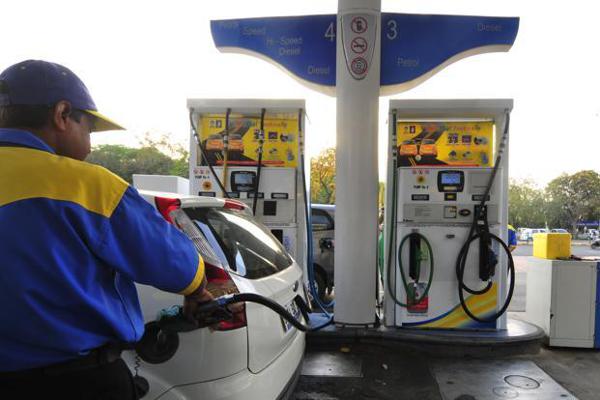
-
87 octane for a Regular Fuel
-
87 octane + additives for the HP Power
-
91 octane for BPCL Speed
-
97 octane for BPCL Speed 97
-
91 octane for IOC XtraPremium
However, as per the new regulation norms, major fuel stations across the nation sell fuel with a minimum of 91 octane rating. The Bharat Stage Emission Standards (BS) authorised by the Indian Government define and regulate the output of harmful air pollutants from the vehicles. These standard are based on the European standards and were introduced in the nation as mandatory in the year 2000. In the present scenario, the BS-III norms are enforced on all the vehicles, which are manufactured in the country. These norms have gradually helped in reducing the pollution level in the environment and on the other hand, have put a high-price tag on the automobiles as well the cost of the fuel.
The fuel grades and octane ratings in India have largely helped in making people aware of the hazards caused by their vehicles. The octane ratings are considered important as they depict the quality of refinement of the fuel as well as its purity, heat bearing capacity and efficiency. On the other hand, the fuel grade defines and controls the emission of harmful substances from the exhaust of a vehicle. The concerned authorities are constantly working on new additives, which will further optimise the engine-performance in a cost-effective manner. Considering the rate at which technology is being utilised, the day is not far when the fuel types will be much more eco-friendly and easily affordable.



